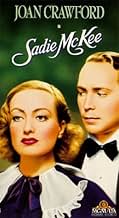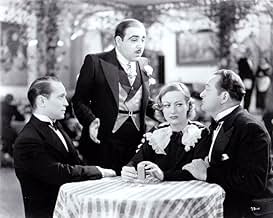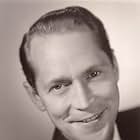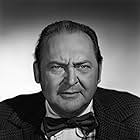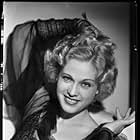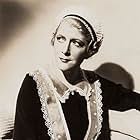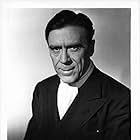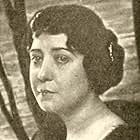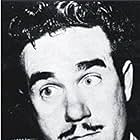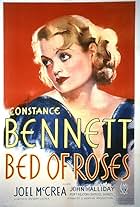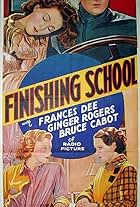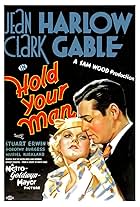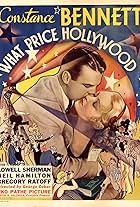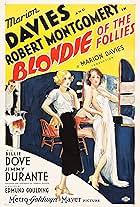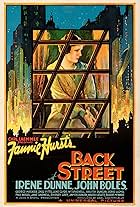IMDb RATING
6.9/10
1.7K
YOUR RATING
A working girl's fortunes improve when she marries into money, but happiness is not so easily won.A working girl's fortunes improve when she marries into money, but happiness is not so easily won.A working girl's fortunes improve when she marries into money, but happiness is not so easily won.
Leo G. Carroll
- Phelps
- (as Leo Carroll)
Candy Candido
- Cafe Entertainer
- (as Candy and Coco)
Otto Heimel
- Cafe Entertainer
- (as Candy and Coco)
Hooper Atchley
- Intern with Dr. Briggs
- (uncredited)
Nellie Bly Baker
- Downstairs Laundress
- (uncredited)
Jack Baxley
- Short-Order Cook
- (uncredited)
- Director
- Writers
- All cast & crew
- Production, box office & more at IMDbPro
Storyline
Did you know
- TriviaOne of the first films to treat alcoholism as a serious problem, instead of a comic device.
- GoofsWhen Tommy is in his hospital room he makes Dr. Briggs promise not to tell Sadie of his condition. However, when Dr. Briggs leaves the room, Sadie is there with the other doctors and she already knows. Dr. Briggs then says, "He made me promise he wouldn't tell her." This dialogue obviously makes no sense and is wrong. What he meant to say was, "He made me promise not to tell her."
- Quotes
Sadie McKee Brennan: [showing off her bedroom] Here it is.
Opal: Lady, when you say, "I do take thee," how you take him.
Sadie McKee Brennan: [chuckles]
Opal: Got this all to yourself?
Sadie McKee Brennan: Yep, all to myself.
Opal: Always all to yourself?
Sadie McKee Brennan: Yep.
Opal: Well, a whole lot of us do a whole lot more for a whole lot less.
- ConnectionsFeatured in What Ever Happened to Baby Jane? (1962)
- SoundtracksAll I Do Is Dream Of You
(1934) (uncredited)
Music by Nacio Herb Brown
Lyrics by Arthur Freed
Played during the opening credits
Sung by Gene Raymond three times
Sung also by Earl Oxford in a show
Featured review
Clarence Brown was an above average director and his pictures with Joan Crawford in the early and mid '30s are better than those she did with others. Brown had an eye and a sense of detail and he favors long takes with two or more performers interacting, which creates a certain tension where there might otherwise be none. Certainly this improbable script is not noticeably better than others Joan did around that time, but everything about this picture works perfectly.
Having finally found her best 'look,' Crawford is undeniably gorgeous, the ravishing epitome of glamor. And Adrian does some of his best work for her in this, putting her in one stunning and flattering gown after another. She is also given a talented and varied supporting cast and all of the big set pieces work, though Edward Arnold's drunk scenes go on for too long.
And there are a couple of fantastic sets, one of Arnold's mansion and the other of a glass sanitarium in the snow. Though the whole cast is more than adequate, a few players stand out: Jean Dixon is delightfully world weary in a leopard coat, Esther Ralston makes a perfect amoral siren, and it's a bit of a revelation to see how much Leo G. Carroll accomplishes by doing very little in his role as a nasty butler. There's also a fantastic jazz version of "After You've Gone" performed by Gene Austin, Candy Candido and Otto Heimel. As for the main players, Crawford, Franchot Tone and Gene Raymond don't dig very deep in their performances, but with a plucky, luscious Crawford at full tilt and with everything else about this movie clicking so well, it doesn't matter. It works.
Having finally found her best 'look,' Crawford is undeniably gorgeous, the ravishing epitome of glamor. And Adrian does some of his best work for her in this, putting her in one stunning and flattering gown after another. She is also given a talented and varied supporting cast and all of the big set pieces work, though Edward Arnold's drunk scenes go on for too long.
And there are a couple of fantastic sets, one of Arnold's mansion and the other of a glass sanitarium in the snow. Though the whole cast is more than adequate, a few players stand out: Jean Dixon is delightfully world weary in a leopard coat, Esther Ralston makes a perfect amoral siren, and it's a bit of a revelation to see how much Leo G. Carroll accomplishes by doing very little in his role as a nasty butler. There's also a fantastic jazz version of "After You've Gone" performed by Gene Austin, Candy Candido and Otto Heimel. As for the main players, Crawford, Franchot Tone and Gene Raymond don't dig very deep in their performances, but with a plucky, luscious Crawford at full tilt and with everything else about this movie clicking so well, it doesn't matter. It works.
- tjonasgreen
- Mar 25, 2004
- Permalink
- How long is Sadie McKee?Powered by Alexa
Details
- Release date
- Country of origin
- Language
- Also known as
- Vackra Sadie McKee
- Filming locations
- Production company
- See more company credits at IMDbPro
Box office
- Budget
- $612,000 (estimated)
- Runtime1 hour 33 minutes
- Color
- Aspect ratio
- 1.37 : 1
Contribute to this page
Suggest an edit or add missing content


